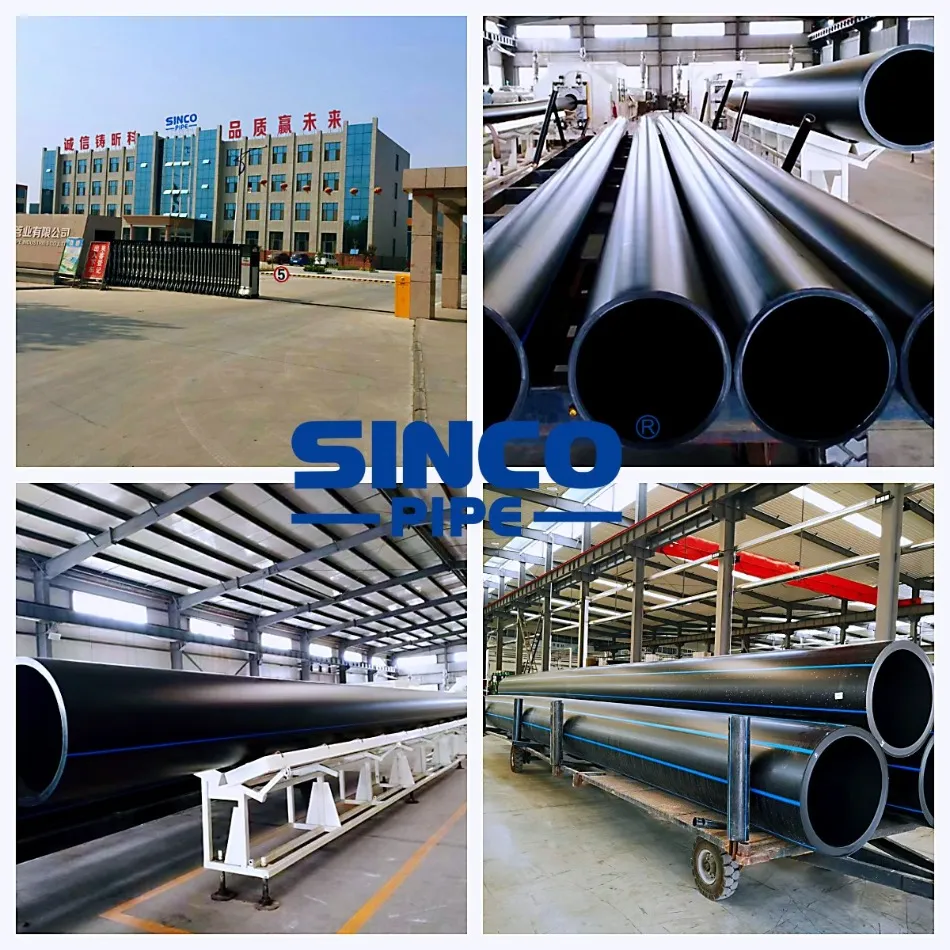HDPE Pipe Burst? 3 Emergency Fixes to Save Your Project!
A burst HDPE pipe can spell disaster for any project, whether it’s a water supply system, gas distribution network, or industrial pipeline. While HDPE pipes are known for their durability and resistance to most common issues, they are not entirely immune to damage. Factors like extreme pressure, improper installation, or external impacts can lead to unexpected bursts.
If you’re facing this crisis, don’t panic! In this article, we’ll walk you through three emergency fixes to save your project and get your pipeline back on track. These solutions are practical, effective, and designed to minimize downtime while ensuring long-term reliability.
1. Use a Repair Clamp for Immediate Leak Control
When a burst occurs, the first priority is to stop the leak and prevent further damage. A repair clamp is one of the quickest and most effective solutions for this purpose. These clamps are specifically designed for HDPE pipes and can be installed without the need for specialized tools or extensive preparation.
How to Apply a Repair Clamp:
Locate the Burst Area: Identify the exact point of the leak or burst.
Clean the Surface: Ensure the area around the burst is clean and free of debris.
Position the Clamp: Place the repair clamp over the damaged section, ensuring it covers the entire affected area.
Tighten the Clamp: Use the provided bolts to secure the clamp tightly around the pipe, creating a watertight seal.
Repair clamps are a temporary but reliable solution that can buy you time to plan a more permanent fix. They are widely available and can be used on pipes of various diameters.
2. Fuse a New Section of HDPE Pipe
If the damage is extensive or the burst section is too large for a clamp, replacing the damaged portion with a new section of HDPE pipe is the next best option. This method involves cutting out the damaged area and fusing a new piece of pipe in its place.

Steps for Fusing a New Section:
Cut Out the Damaged Section: Use a pipe cutter to remove the burst portion, ensuring clean and straight edges.
Prepare the New Pipe: Cut a new section of High Density Polyethylene(hdpe) Pipes to the required length.
Use a Fusion Machine: Employ a butt fusion or electrofusion machine to join the new section to the existing pipeline. This process involves heating the ends of the pipes and pressing them together to create a seamless, leak-proof connection.
Allow Time to Cool: Let the fused joint cool and solidify before resuming operations.
Fusion is a permanent solution that restores the integrity of the pipeline and ensures long-term performance. However, it requires specialized equipment and expertise, so it’s best to involve a professional if you’re not familiar with the process.
3. Apply an Epoxy Resin Seal for Small Cracks
For smaller cracks or leaks that don’t require a full pipe replacement, an epoxy resin seal can be an effective and quick fix. Epoxy resins are strong, durable, and capable of bonding with HDPE surfaces, making them ideal for sealing minor damages.
How to Use Epoxy Resin:
Identify the Crack: Locate the exact point of the leak or crack.
Clean and Dry the Area: Ensure the damaged area is clean, dry, and free of contaminants.
Mix the Epoxy: Follow the manufacturer’s instructions to prepare the epoxy resin.
Apply the Resin: Use a spatula or applicator to spread the epoxy over the crack, ensuring full coverage.
Allow Time to Cure: Let the epoxy cure completely before restoring pressure to the pipeline.
Epoxy resin is a cost-effective and easy-to-apply solution for minor damages. However, it’s important to note that this method is best suited for small cracks and should not be used for larger bursts or structural failures.
Preventing Future Bursts: Tips for Long-Term Reliability
While these emergency fixes can save your project in the short term, it’s equally important to take steps to prevent future bursts. Here are some tips to ensure the long-term reliability of your HDPE pipeline:
Proper Installation: Ensure the pipes are installed correctly, with adequate support and alignment.
Pressure Management: Avoid exceeding the recommended pressure limits for your HDPE pipes.
Regular Inspections: Conduct routine inspections to identify and address potential issues before they escalate.
Protect from External Damage: Shield the pipes from external impacts, such as construction activities or heavy machinery.
Conclusion: Act Fast, Fix Smart
A burst HDPE pipe doesn’t have to mean the end of your project. With the right tools and techniques, you can quickly address the issue and minimize downtime. Whether you opt for a repair clamp, fuse a new section, or use epoxy resin, these emergency fixes will help you regain control and keep your project on track.
Remember, prevention is always better than cure. By following best practices for installation and maintenance, you can reduce the risk of future bursts and ensure the longevity of your HDPE pipeline. So, the next time disaster strikes, you’ll be ready to act fast and fix smart!
- Previous: None
- Next: None



